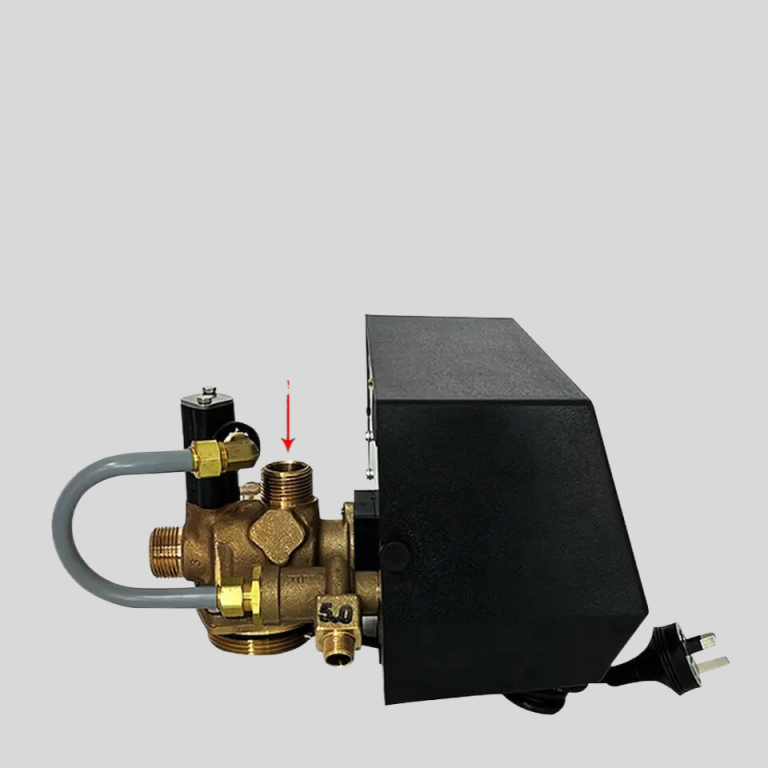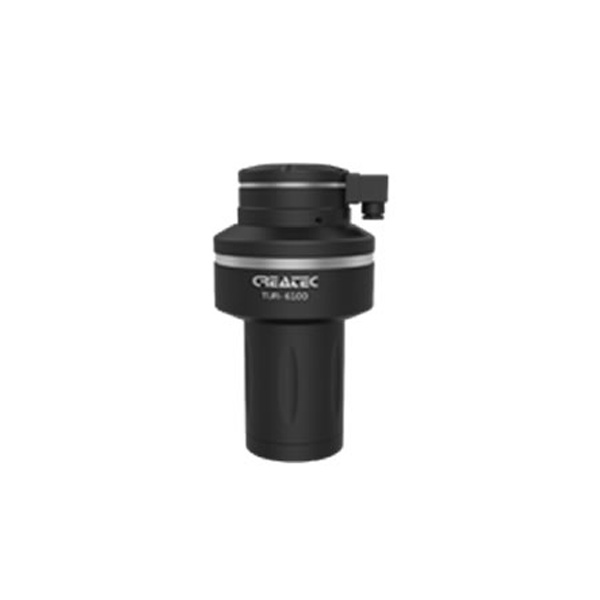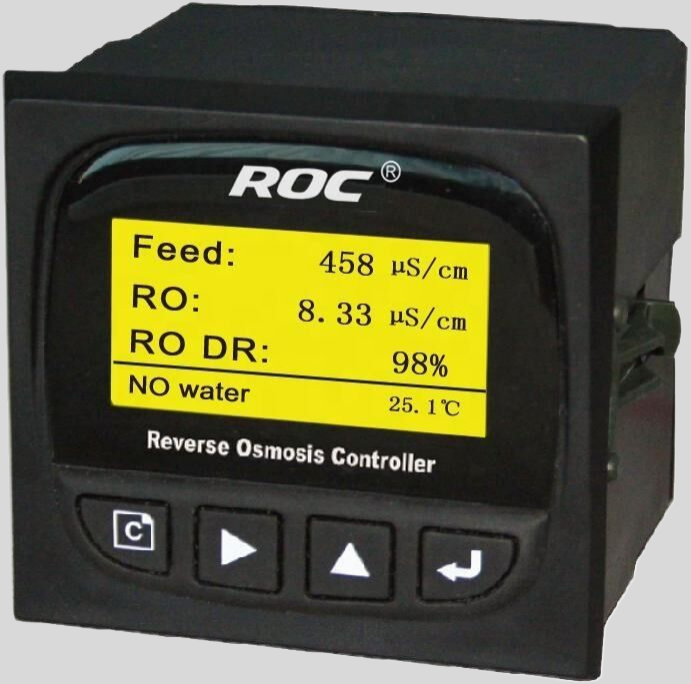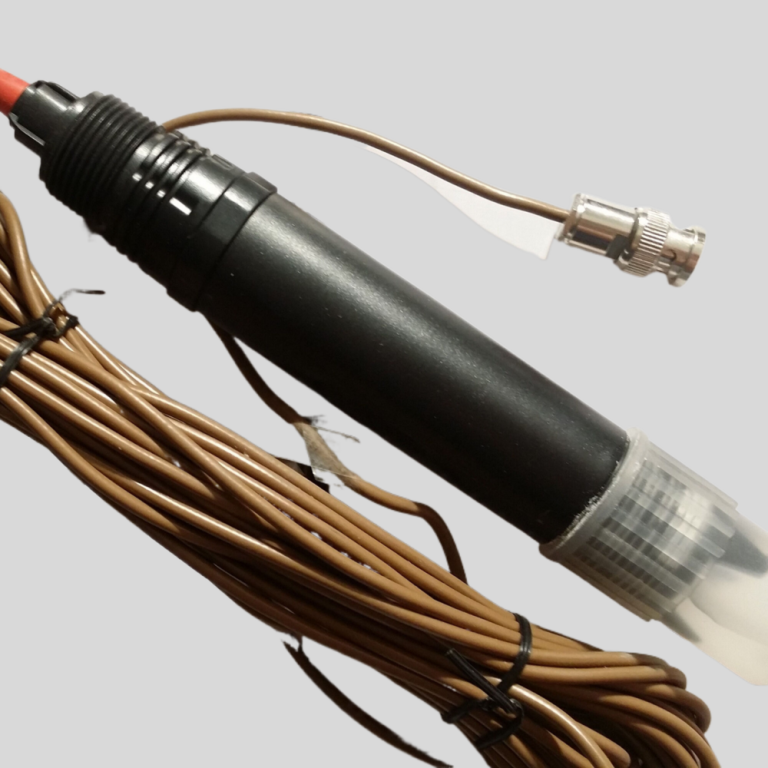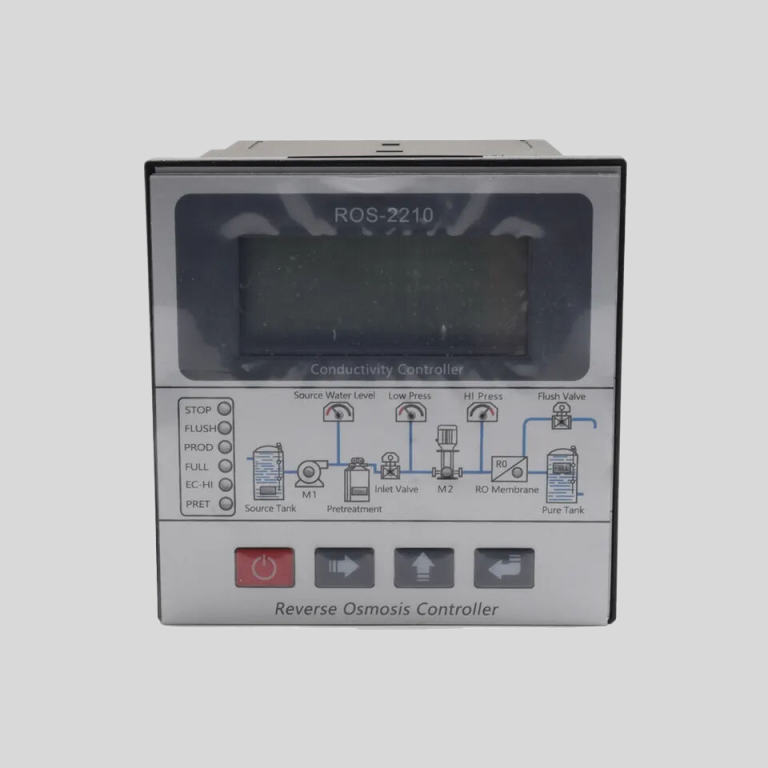Table of Contents
Principles of Operation of Flow Transmitters
Flow transmitters are essential devices used in various industries to measure the flow rate of liquids or gases in a system. These devices play a crucial role in ensuring the efficiency and accuracy of processes that rely on the precise measurement of flow rates. Understanding how flow transmitters work is essential for anyone working in industries where flow measurement is critical.
At its core, a flow transmitter is a device that converts the flow rate of a fluid into an electrical signal that can be easily measured and monitored. The basic principle behind the operation of a flow transmitter is to measure the movement of the fluid passing through a pipe or conduit and convert this movement into a measurable signal.
There are several types of flow transmitters available, each utilizing different principles of operation to measure flow rates accurately. One common type of flow transmitter is the differential pressure flow transmitter. This type of transmitter works by measuring the pressure drop across a restriction in the flow path, such as an orifice plate or a venturi tube. The pressure drop is directly proportional to the flow rate, allowing the transmitter to calculate the flow rate based on the pressure difference.
Another type of flow transmitter is the electromagnetic flow transmitter, which uses Faraday’s law of electromagnetic induction to measure the flow rate of conductive liquids. In this type of transmitter, electrodes are placed in the flow stream, and a magnetic field is applied perpendicular to the flow direction. As the conductive liquid flows through the magnetic field, a voltage is induced across the electrodes, which is proportional to the flow rate.
Ultrasonic flow transmitters are another common type of flow transmitter that uses ultrasonic waves to measure flow rates. In this type of transmitter, ultrasonic sensors are placed on opposite sides of the flow stream, and the time it takes for an ultrasonic pulse to travel from one sensor to the other is measured. By comparing the time it takes for the pulse to travel upstream and downstream, the transmitter can calculate the flow rate of the fluid.
Thermal flow transmitters are another type of flow transmitter that uses the principle of heat transfer to measure flow rates. In this type of transmitter, a heated sensor is placed in the flow stream, and the amount of heat transferred from the sensor to the flowing fluid is measured. The rate of heat transfer is directly proportional to the flow rate, allowing the transmitter to calculate the flow rate based on the heat transfer.

Overall, flow transmitters play a crucial role in ensuring the efficiency and accuracy of processes that rely on the precise measurement of flow rates. By understanding the principles of operation of flow transmitters, professionals in various industries can make informed decisions about which type of transmitter is best suited for their specific application. Whether it’s a differential pressure flow transmitter, an electromagnetic flow transmitter, an ultrasonic flow transmitter, or a thermal flow transmitter, each type has its unique advantages and limitations. By choosing the right type of flow transmitter for a specific application, industries can ensure the accurate measurement of flow rates and optimize their processes for maximum efficiency.
Types of Flow Transmitters and Their Applications
Flow transmitters are essential devices used in various industries to measure the flow rate of liquids and gases. They play a crucial role in ensuring the efficiency and accuracy of processes that rely on the precise control of flow rates. In this article, we will explore the different types of flow transmitters and their applications in different industries.
One of the most common types of flow transmitters is the differential pressure flow transmitter. This type of transmitter works on the principle of measuring the pressure drop across a restriction in the flow path. As the flow rate increases, the pressure drop also increases, allowing the transmitter to calculate the flow rate based on the difference in pressure. This type of transmitter is widely used in industries such as oil and gas, chemical processing, and water treatment.
Ultrasonic flow transmitters are another popular choice for measuring flow rates in liquids. These transmitters use ultrasonic waves to measure the velocity of the liquid flowing through a pipe. By measuring the time it takes for the ultrasonic waves to travel upstream and downstream, the transmitter can calculate the flow rate of the liquid. Ultrasonic flow transmitters are often used in industries such as HVAC, power generation, and water distribution.
Thermal flow transmitters are another type of flow transmitter that measures the flow rate of gases. These transmitters work by measuring the heat transfer between a heated sensor and the flowing gas. As the gas flows past the sensor, it carries away heat, which is then used to calculate the flow rate. Thermal flow transmitters are commonly used in industries such as natural gas distribution, air conditioning, and combustion processes.
In addition to these types of flow transmitters, there are also mass flow transmitters that measure the mass flow rate of liquids and gases. These transmitters are particularly useful in applications where the density of the fluid may vary, as they provide a more accurate measurement of the actual mass flow rate. Mass flow transmitters are used in industries such as chemical processing, pharmaceuticals, and food and beverage.
Overall, flow transmitters play a crucial role in ensuring the efficiency and accuracy of processes that rely on the precise control of flow rates. By understanding the different types of flow transmitters and their applications in various industries, engineers and technicians can select the right transmitter for their specific needs. Whether it’s measuring the flow rate of liquids or gases, there is a flow transmitter available to meet the requirements of any application.
| Model | CIT-8800 Inductive Conductivity/Concentration Oline Controller |
| Concentration | 1.NaOH:(0~15)% or(25~50)%; 2.HNO3:(0~25)% or(36~82)%; 3.User-defined concentration curves |
| Conductivity | (500~2,000,000)uS/cm |
| TDS | (250~1,000,000)ppm |
| Temp. | (0~120)\u00b0C |
| Resolution | Conductivity: 0.01uS/cm; Concentration: 0.01%; TDS:0.01ppm, Temp.: 0.1\u2103 |
| Accuracy | Conductivity: (500~1000)uS/cm +/-10uS/cm; (1~2000)mS/cm+/-1.0% |
| TDS: 1.5 level, Temp.: +/-0.5\u2103 | |
| Temp. compensation | Range: (0~120)\u00b0C; element: Pt1000 |
| Communication port | RS485.Modbus RTU protocol |
| Analog output | Two channels isolated/ transportable (4-20)mA, Instrument / Transmitter for selection |
| Control Output | Triple channels semiconductor photoelectric switch, Programmable Switch, pulse and frequency |
| Working Environment | Temp.(0~50)\u2103; relative humidity <95%RH (non-condensing) |
| Storage Environment | Temp.(-20~60)\u2103;Relative Humidity \u226485%RH (none condensation) |
| Power Supply | DC 24V+15% |
| Protection Level | IP65 (with rear cover) |
| Dimension | 96mmx96mmx94mm(HxWxD) |
| Hole Size | 9lmmx91mm(HxW) |

